SRAM RED eTap AXS Groupset long term review
A look at what it’s like to ride with the SRAM RED AXS groupset after more than a year
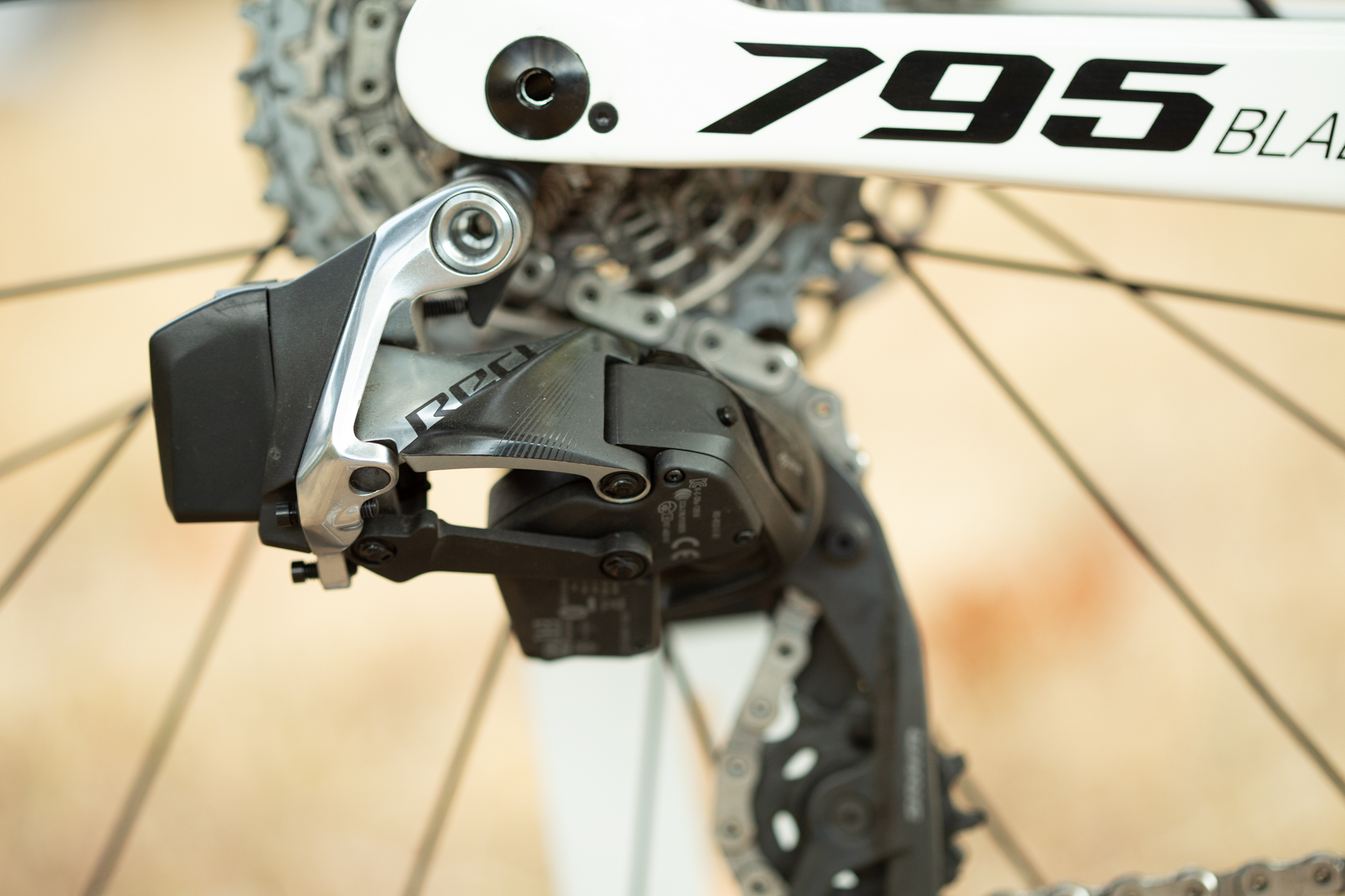
SRAM has made a bold move in the groupset market. AXS represents innovation that makes riding more enjoyable. There's flexibility in how it gets used and it's a system that will continue to grow with you over time. Right now, the SRAM RED eTap AXS is the best groupset on the market.
-
+
Smart gear ratios
-
+
Easy installation
-
+
Compatibility between all AXS components
-
+
Removable batteries are easy to charge
-
-
Integrated power meter makes it expensive to own multiple chainrings
You can trust Cycling Weekly.
SRAM's AXS groupset arrived at the beginning of 2019. The brand was not the first to arrive at a 12-speed groupset - Campagnolo got there first. However, what it did provide was a bold vision of how 12-speed shifting could go beyond adding an extra cog to a standard 11 speed cassette. Smaller chainrings on the front and a 10-tooth rear cog meant a total rethink of how a drivetrain could function.
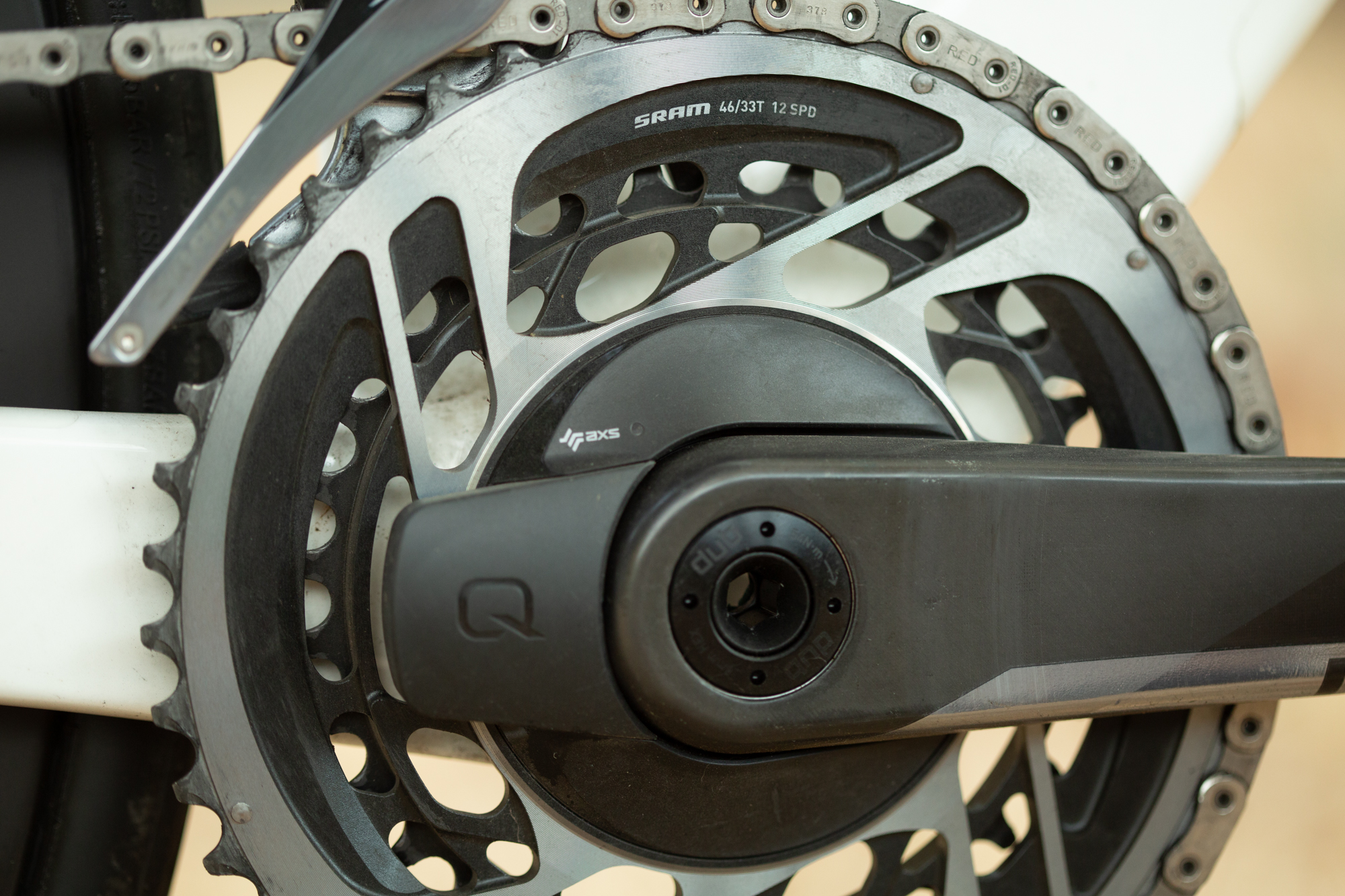
Features
Many of the features that made the original SRAM eTap system a success make their way to the new system as well. SRAM AXS is still a wireless system where each derailleur has a small battery of its own. Charging the batteries happens with a small USB charger and because they are the same front and rear it's possible to swap a dead battery. Along the same lines, if you fancy a bit of ultra-endurance riding bring a few extra batteries and leave the charger at home.
No matter what kind of bike you want to run SRAM AXS on there is an available configuration. All AXS pieces, but not the original eTap system, work together so you can pick and choose what will be best for you. 1x or 2x in front with options for an integrated or non-integrated power meter, disc or rim brakes, and plenty of options for remote shifting. I'm running the SRAM RED eTap AXS 2x disc system with the integrated power meter and a quoted weight of 2518 grams.
New to the AXS party is an app on your phone. The development of the app moves forward at a regular pace but the core functionality has remained the same. The AXS app is a centralised place to check battery, update firmware, and customise controls of your system. It can also, with some setup, add value as a place to analyse gear changes and miles covered.
The biggest change, from a user perspective, comes with AXS rethinking gearing. I'm light and although I'm a strong cyclist I don't put down huge power numbers. I also climb a lot. A compact 50-34 chainring up front and an 11-28 in the rear means I spend most of my time in my big ring up front and near the top of the cassette in the back. The chain line isn't ideal and neither is my cadence. If I want just a little bit easier gearing I have to upset rhythm by shifting the front chainring and adjusting the rear as well. Turns out I'm not alone and SRAM addresses this issue in the AXS groupsets.
SRAM AXS doesn't offer standard 53/39, sub-compact 52/36, and compact 50/34 chainrings. Instead, SRAM completely rethought the system with an eye towards keeping riders in the big chainring. What SRAM RED eTap AXS offers instead is X-Range gearing. The front chainring options for X-Range include 50/37, 48/35, 46/33, and 43/30.
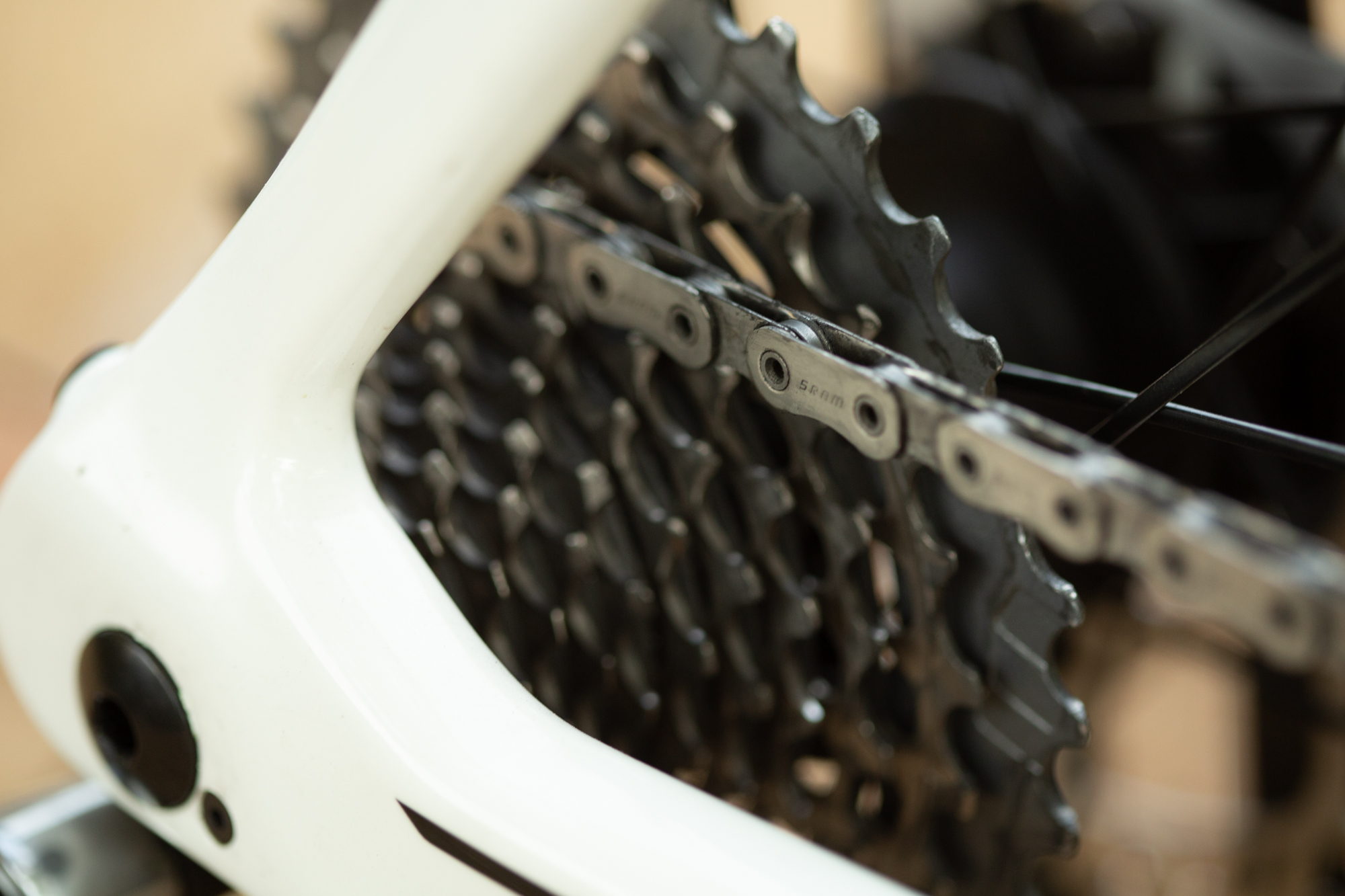
In order to make the X-Range gearing usable there had to be a change at the rear cassette as well. The number everyone pays attention to with AXS is the 12 gears in the cassette. That's not the number that really makes everything work though. What makes everything work is the addition of a 10-tooth cog, down from the traditional 11, in the rear to match the smaller front chainrings.
What does all this mean for the riding experience? It means instead of spending my time at the very top of the cassette I spend my time in the middle of the rear cassette. Riding with the 46/33 front chainring and the 10-36 rear cassette I get more range, an easier low gear, a harder top gear, and with the extra cog I get that without large steps between gears. This is what SRAM AXS is all about.
Other features of the system radiate out from this starting place. To get 12 gears and a super tight 10 tooth cog to work without new wheels and frames SRAM introduced a flat top chain that's both narrower and stronger. Because SRAM allows any combination of front chainrings, both 1x and 2x, to work with any combination of rear cassette they introduced a clutch-like system for the rear derailleur. It's all a system that goes back to rethinking the gearing to be more usable no matter the situation.
SRAM RED eTap AXS after a year
After spending thousands of miles and more than a year with the system I can offer some insight not widely available.
I talked a little bit about the impact of the new gearing already but it's important to emphasise this. The impact of the rethink is big. It changes the way a rider and bike work together. Being in the middle of the cassette makes for more flexibility. Small changes in grade mean I can move up or down a gear or two without touching the front chainring. For the most part I don't touch the front derailleur unless the grade turns red on my Garmin. It works exactly as SRAM designed it.
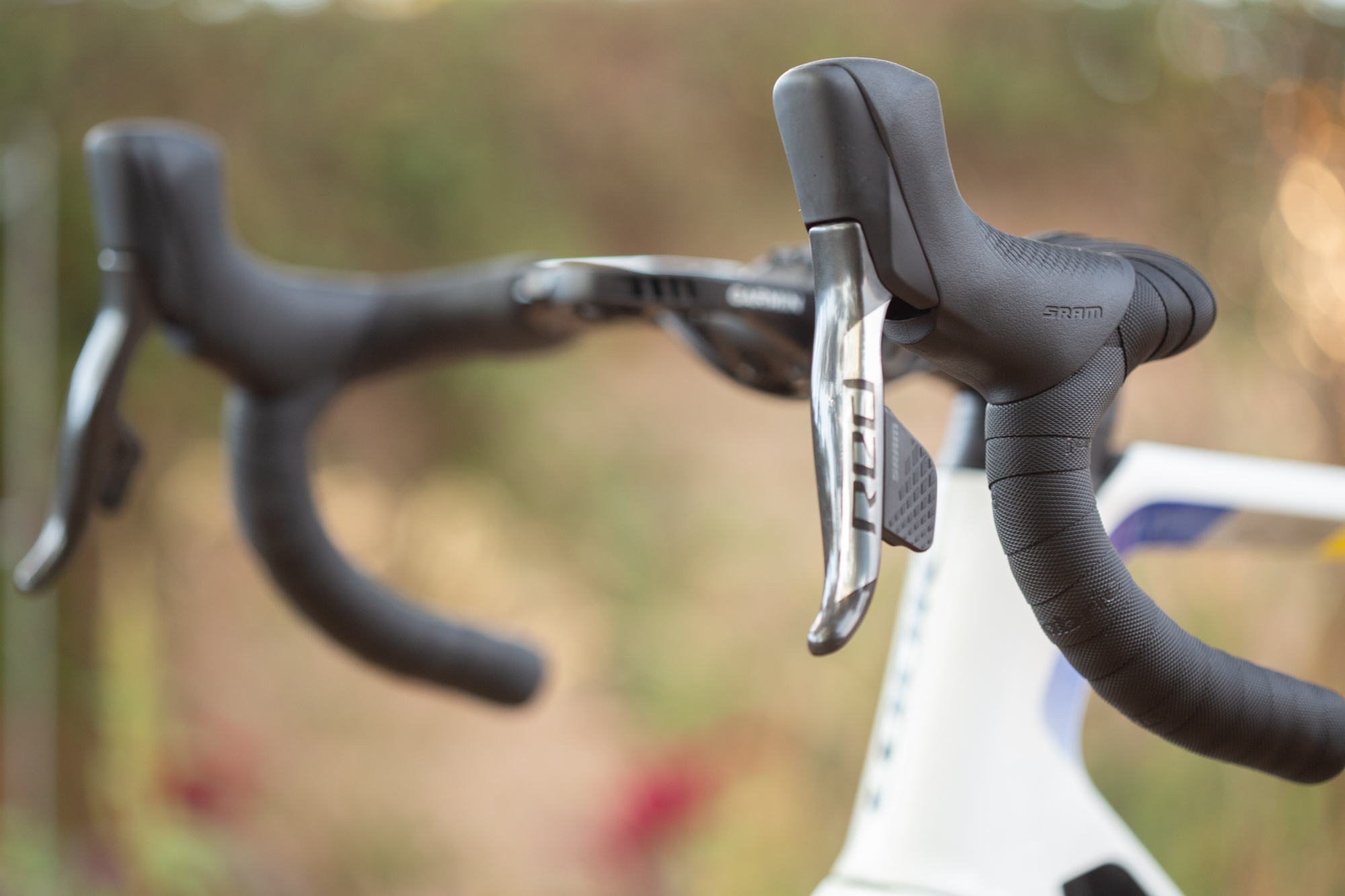
The rear derailleur has a clutch. SRAM doesn't call it a clutch because it's driven by a fluid instead of a mechanical spring system but it's the same for the user. It allows for flexibility in setting up the bike without changing the rear derailleur but it also makes a 2x road bike setup better. Changing the front chainrings can upset the chassis when there's not a system to slow the chain movement. The SRAM fluid filled rear derailleur makes for smooth shifts that don't upset the chassis, even under high torque.
The 10 tooth cog on the rear is something people are curious about but for the rider it's invisible. The only thing to note is that the tolerances between the frame and the chain are very tight. If you don't tighten the freehub, all the way, the chain will jam against the chainstay.
Value
When SRAM introduced the RED eTap AXS system there was a lot of discussion about how expensive it was. The system I'm riding is the 2x Hydraulic Road Disc Brake w/ Power with an MSRP of $4,158/€4,118/£3,794. It's obviously not inexpensive but compared to a similar 11 speed system from Shimano it's almost exactly the same price. A 12 speed Campagnolo system is cheaper but that doesn't include a power meter. The top of the line groupsets available all run about the same price no matter which system you choose.
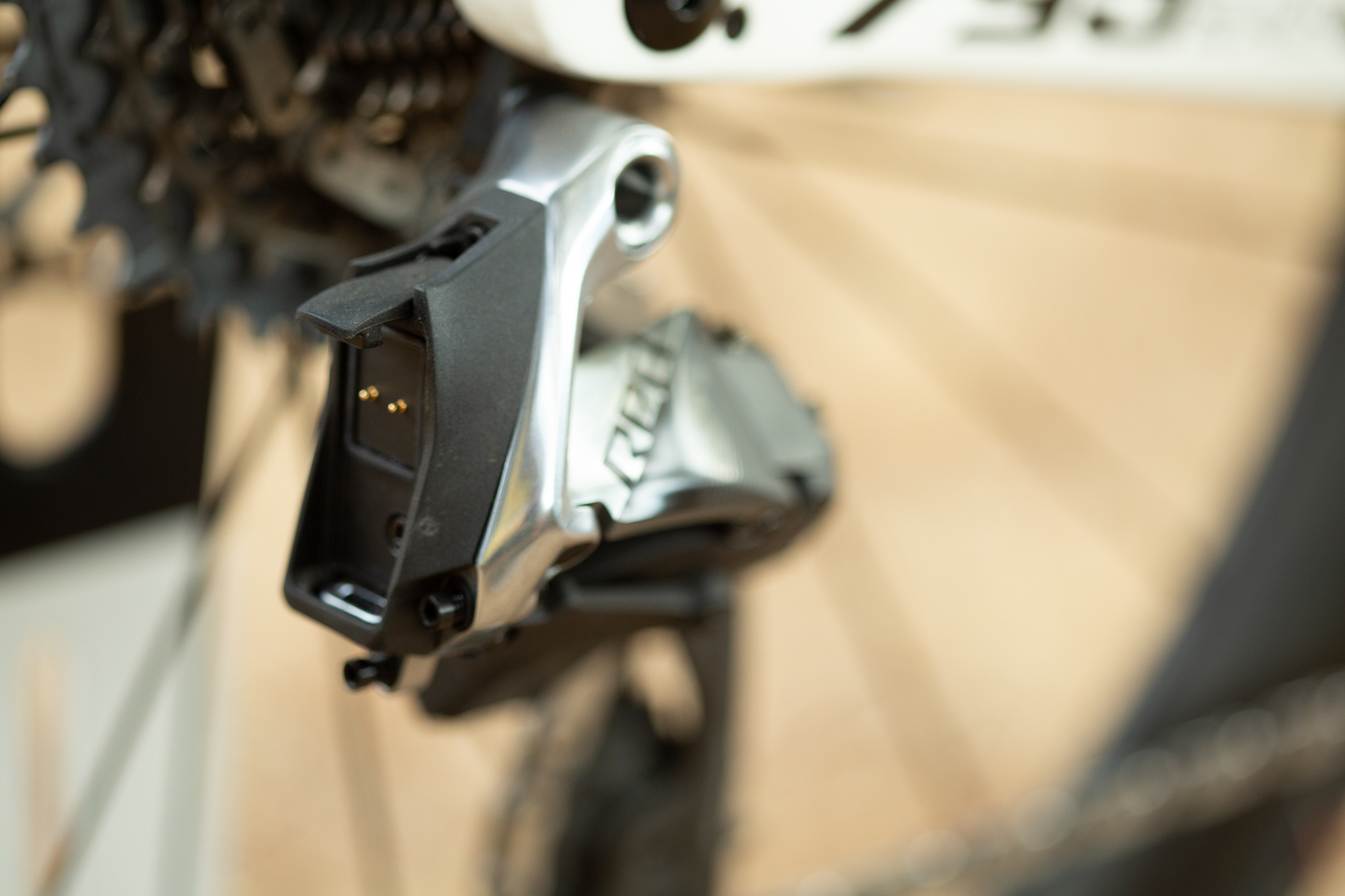
When you talk about the value of a system like this it's important to look at all the costs associated with it. There's the initial price but there's also the cost of consumable parts and replacements if needed. SRAM sells a Force level AXS system and it's cross compatible. That means there's options for less expensive cassettes or a replacement for a broken derailleur. There's no getting around the need to replace the integrated power meter to change the chainrings but SRAM does offer a swap that drops the price by 50% - though you should check this applies where you are before taking it as a given.
SRAM also has another trick up its sleeve when it comes to value for the system. The ease of installing a wireless system on nearly any frame, and the cross compatibility with all AXS parts, allows the AXS system to grow with you. As frames, and your cycling interests, change it's easy to keep moving and changing with AXS. That kind of longevity means real long-term value.

Thank you for reading 20 articles this month* Join now for unlimited access
Enjoy your first month for just £1 / $1 / €1
*Read 5 free articles per month without a subscription

Join now for unlimited access
Try first month for just £1 / $1 / €1
Get The Leadout Newsletter
The latest race content, interviews, features, reviews and expert buying guides, direct to your inbox!
Josh hails from the Pacific Northwest of the United States but would prefer riding through the desert than the rain. He will happily talk for hours about the minutia of cycling tech but also has an understanding that most people just want things to work. He is a road cyclist at heart and doesn't care much if those roads are paved, dirt, or digital. Although he rarely races, if you ask him to ride from sunrise to sunset the answer will be yes.
Height: 5'9" Weight: 137 lb.
Rides: Orbea Orca Aero, Cannondale Topstone Lefty, Cannondale CAAD9, Trek Checkpoint, Priority Continuum Onyx
-
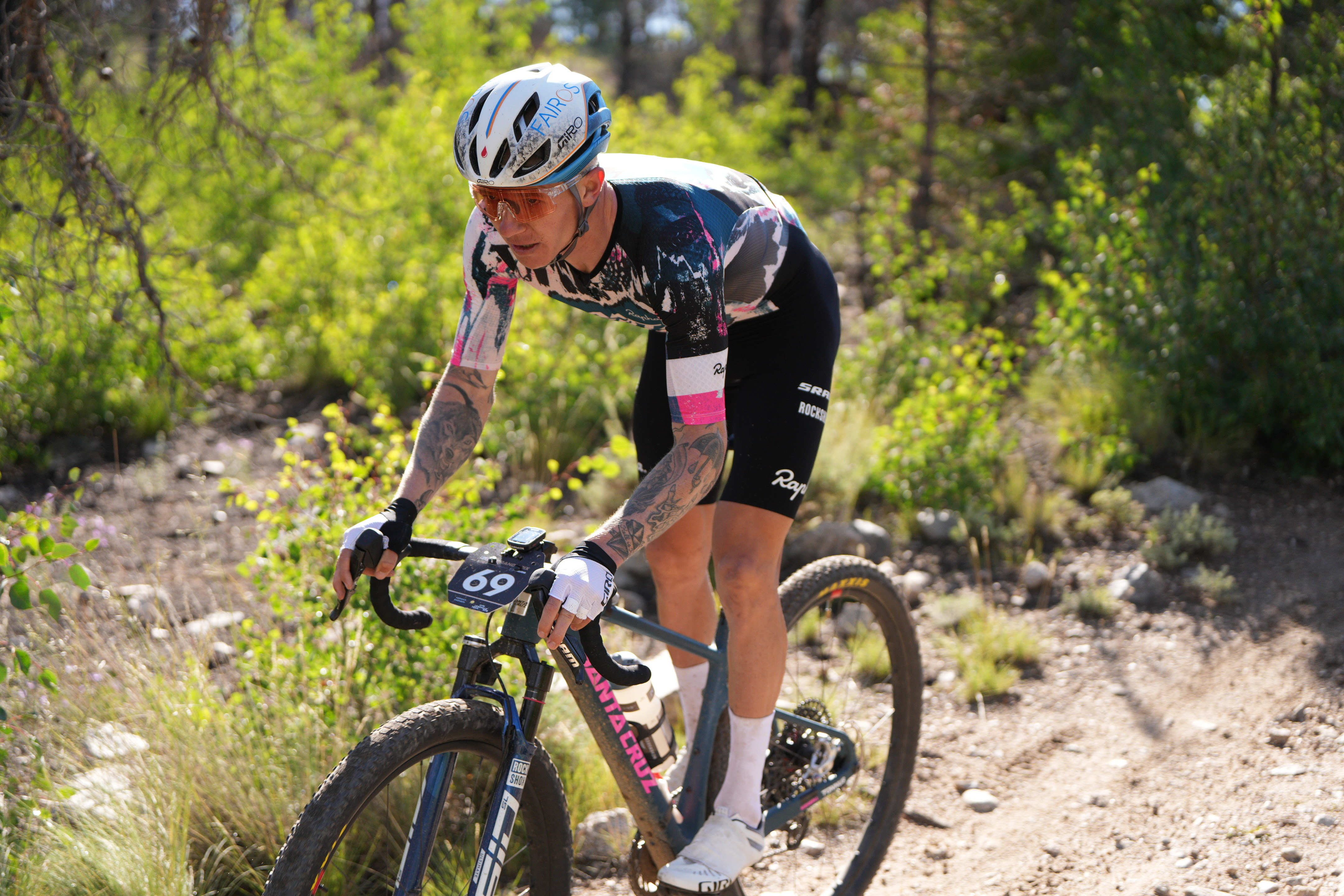 Keegan Swenson and Haley Batten win Sea Otter Classic Gravel
Keegan Swenson and Haley Batten win Sea Otter Classic GravelSwenson and Villafane slip into familiar Life Time Grand Prix series leads
By Ryan Simonovich Published
-
 MAAP teams up with QUOC; first collab is the Gran Tourer XC shoe
MAAP teams up with QUOC; first collab is the Gran Tourer XC shoeDesigned for off-road riding the limited-edition shoe features a new colourway and other features
By Luke Friend Published
-
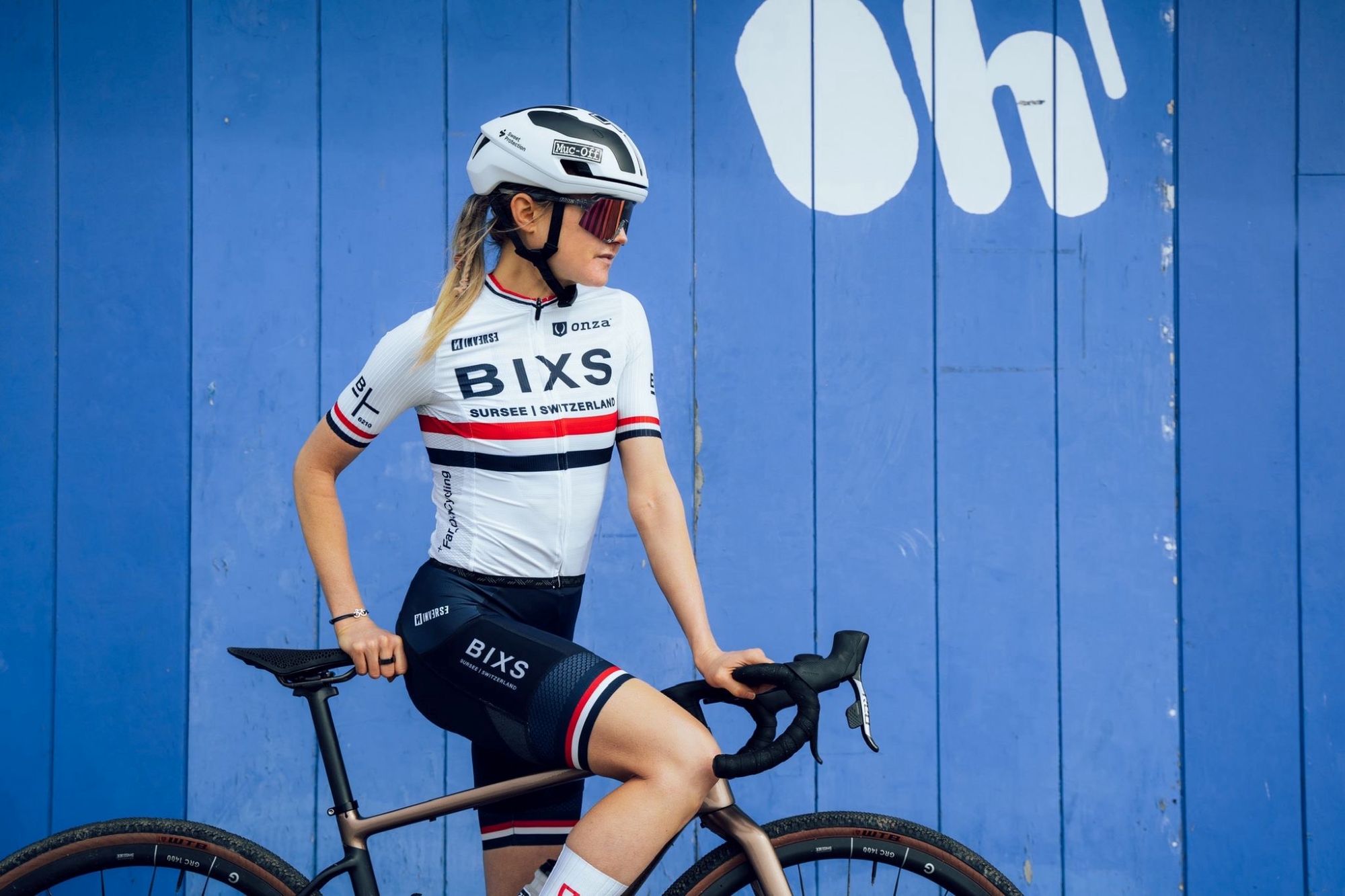 'I may not have a ridden a bike, but I’m f*****g strong' - British gravel racer has unusual off-season ahead of Sea Otter Classic
'I may not have a ridden a bike, but I’m f*****g strong' - British gravel racer has unusual off-season ahead of Sea Otter ClassicAnnabel Fisher tells Cycling Weekly about her ski racing season ahead of returning to gravel
By Tom Thewlis Published